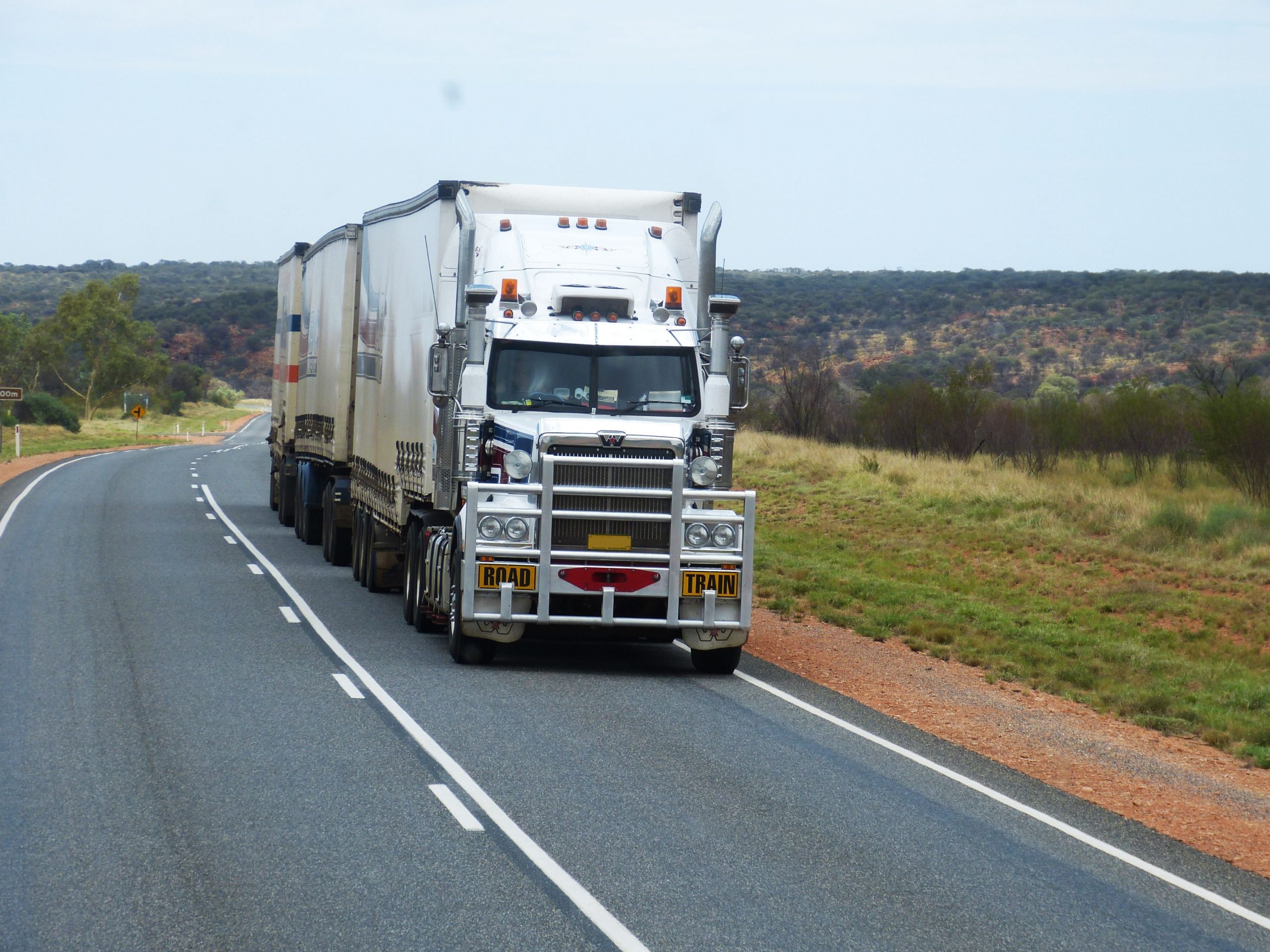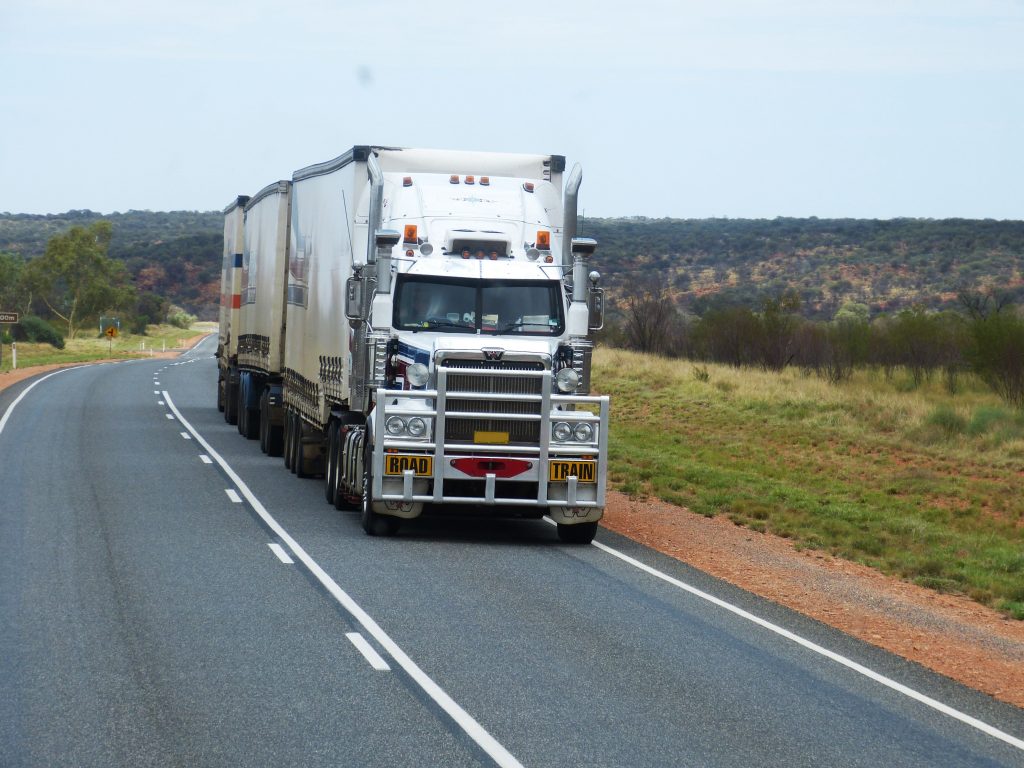

Types of Refrigerated Containers
Before looking for the perfect refrigerated container, you need to have a basic knowledge of the types of containers that exist and their respective specifications. There are several types of refrigerated shipping containers available on the market. The type of container you lease will always depend on the cargo these containers will have to carry.
Below is a list of the three types of refrigerated shipping containers you can rent (reefer container is short for refrigerated containers):
- The Closed Reefer Container
Closed reefers are conventional containers that come in one-piece. Closed reefers have an integral front wall, an all-electric automatic cooling unit and an all-electric automatic heating unit for sea-going containers. - The Modified or Controlled Atmosphere (MA/CA) Reefer Containers
The MA reefer containers are insulated shipping containers that can maintain a constant atmosphere in the container. It does this by constantly replacing consumed oxygen through an air exchange system. This keeps an ideal atmosphere in equilibrium with the product’s deterioration rate. - Automatic Fresh Air Management Containers
Automatic fresh air management containers, most commonly known by its acronym (AFAM), are reefer containers that use advanced technology to regulate the air combination in the container. This is done automatically and involves adjusting the scale of fresh air exchange. It operates similarly to the CA refrigerated container but differs from it when it comes to the controls. In the AFAM container, the controls can be adjusted to influence and extend the shelf lives of the cargo they carry.
Know Your Cargo

Since maintaining the freshness of the products is of utmost importance during shipping, you must first gain an in-depth knowledge of the products you are shipping and the conditions under which these need to be shipped.
You must also know the respiration rates of your cargo to ensure that they are still fresh upon arrival. Fruits and vegetables do not have the same respiration rates, for example.
1.Chilled cargo
Chilled cargo is all commodities that need to be shipped above product freezing temperatures and includes fresh fruit, juices, vegetables, meats, poultry, and seafood. These must generally be transported at a 0.5oC range.
2.Frozen cargo
Frozen cargo items include frozen seafood, meats, poultry, prepared foods, concentrates, fruits, vegetables, and ice-cream.
3.Special and miscellaneous cargo
The following are classified as miscellaneous cargo and are not treated the same way as perishables cargo are. These include batteries, photographic film, photographic materials, chemical products, biological products, pharmaceuticals and tobacco products.
Criteria the Containers Have to Meet
One type of container is not necessarily better than the others. They are all used for importing, exporting and storing items. The types of containers you lease will depend on your requirements. When choosing a container for rent, there are several factors you need to take into consideration to ensure that you get the appropriate storage container.
When looking for the best-refrigerated container hire for your utility, you must keep the below factors in mind:
1.Security is essential
If you are using the sea-route for shipment, you need to account for additional factors such as harsh weather conditions, natural disasters, and vandalism. To keep your goods safe, remember to check that the containers are in good condition and remember to check the insurance. These two elements are of utmost importance to keep your goods safe.
2.Access to the container is important
You can’t choose a container without looking at the size of its entrance and the number of entrances it has. This is an essential detail as you may need to access the container from two different entrances, for example. When you are going through the selection of containers the supplier has, you can ask them about the options they offer in this regard.
3.Size is a key element in choosing a container
You cannot choose a container without first assessing the contents you plan on shipping. The size, amount and weight of the goods you are shipping will dictate the size of the container you need to get. Remember that the weight of the contents should be in alignment with the requirements of the ship or plane.
4.The durability of the items being shipped
In order to get the best storage container, you need to know the types of products you plan on storing and shipping. Which is why we mentioned above that it is essential for you to know your cargo. You can’t ship electronic goods in plastic containers for example. Generally, you will ship these kinds of goods in metal containers. Certain food items, on the other hand, can be sent in plastic containers.
5.Additional options are equally as important
You can choose the best container out there, one that is secure, accessible and durable yet run into major obstacles if you don’t know the regulatory requirements of the country you are shipping to and from. This is the best way to ensure that the entire shipping process goes smoothly.
